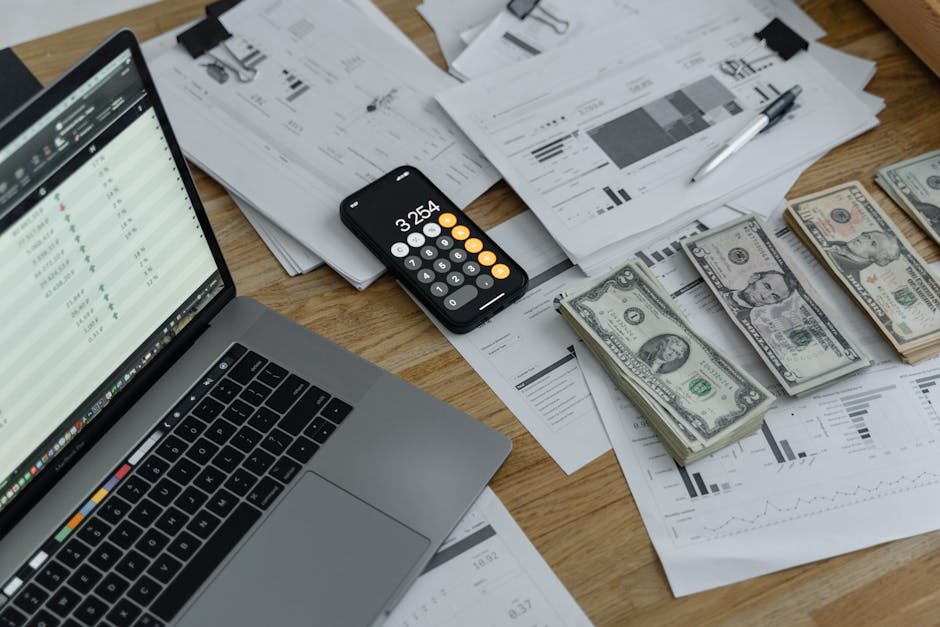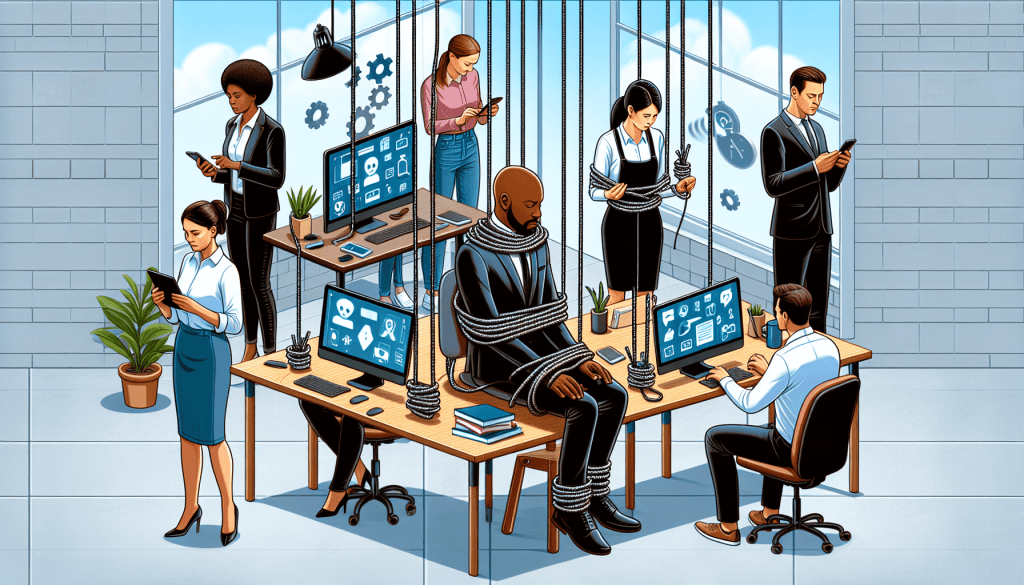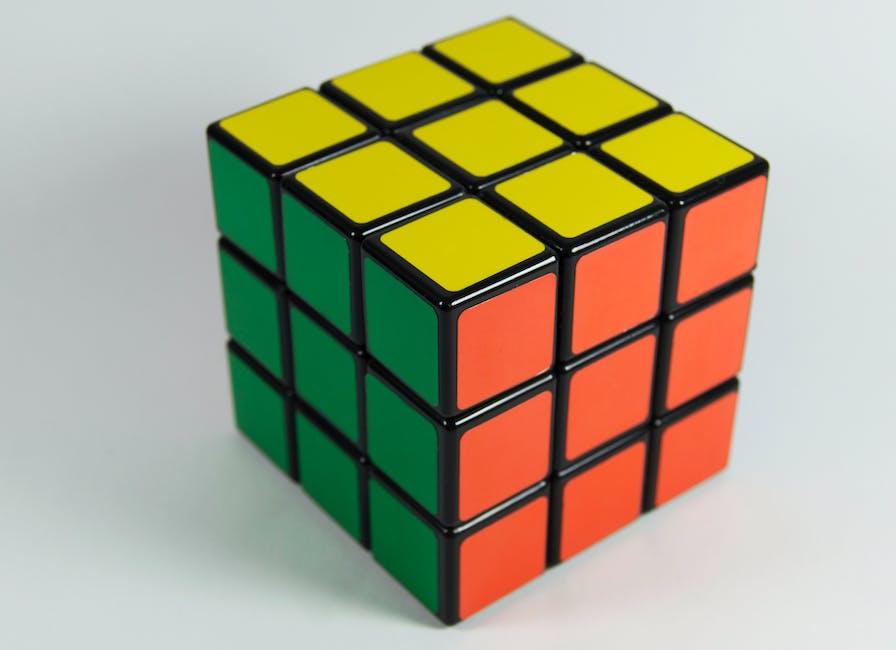What’s the first thing you do when you wake up? If you’re like most people, you probably reach for your phone. Before you know it, you’re scrolling through social media, checking emails, or diving into a rabbit hole of notifications. Digital distractions are everywhere, and they’re stealing our time, focus, and even our peace of mind. But here’s the good news: managing these distractions is possible, and it doesn’t require a complete tech detox (unless you want to). Let’s explore some effective strategies to reclaim your attention and productivity.
Key Takeaways
- Digital distractions can significantly impact productivity, mental clarity, and emotional well-being.
- Setting boundaries with technology, such as limiting social media and creating tech-free zones, is crucial.
- Practicing mindfulness, taking digital detox breaks, and using productivity tools can help maintain focus.
- Self-awareness and habit-building are key to long-term success in managing distractions.
Understanding Digital Distractions and Their Impact
Definition of Digital Distractions
A digital distraction is anything on your devices—like apps, notifications, or endless scrolling—that pulls your attention away from what you’re supposed to be doing. It’s not just about wasting time; it’s about losing focus on what truly matters.
Think about it: how often do you check your phone during a conversation or while working? These small interruptions add up, creating a constant tug-of-war for your attention.
The Cost of Distractions on Productivity
Statistics on Time Lost Due to Digital Interruptions
Did you know that it takes an average of 23 minutes to refocus after being distracted? That’s nearly half an hour gone every time you check your phone! Studies show that employees lose up to 2.1 hours daily to digital distractions (source). Imagine what you could accomplish with that extra time.
Examples of Common Distractions in Daily Life
From Instagram notifications to YouTube autoplay, distractions are designed to keep you hooked. Even work-related tools like Slack or email can derail your focus if not managed properly.
Psychological and Emotional Effects of Constant Interruptions
Constant interruptions don’t just hurt productivity; they also take a toll on your mental health. They can lead to stress, anxiety, and even feelings of inadequacy when you can’t keep up. Over time, this can create a vicious cycle of distraction and frustration.

Setting Boundaries with Technology
Limiting Social Media Usage
Allocating Specific Times for Social Media
Social media is a double-edged sword. While it keeps us connected, it’s also a major time sink. Set specific times for checking your feeds—like during lunch or after work—and stick to them.
Uninstalling Non-Essential Apps
Do you really need five different social media apps? Probably not. Uninstalling non-essential apps can reduce temptation and free up mental space.
For more tips on managing social media overwhelm, check out this guide.
Creating Tech-Free Zones and Times
Establishing Device-Free Areas in the Home or Workplace
Designate areas like the dining table or bedroom as tech-free zones. This encourages meaningful interactions and better sleep.
Setting Rules for Screen-Free Hours
Set boundaries like “no screens after 9 PM” or “no phones during family time.” These small changes can make a big difference.
Turning Off Notifications
Steps to Disable Disruptive Notifications
Go into your phone settings and turn off non-essential notifications. Trust me, you don’t need to know every time someone likes your post.
Using ‘Do Not Disturb’ Mode Effectively
Use the ‘Do Not Disturb’ mode during work hours or while sleeping. It’s like putting up a “Do Not Disturb” sign for your brain.

Cultivating Digital Wellness
Practicing Mindfulness in Technology Use
Techniques for Staying Present While Using Devices
Mindfulness isn’t just for meditation. Try being fully present when using your devices. For example, focus on one task at a time instead of juggling multiple tabs.
Recognizing Signs of Digital Overwhelm
Feeling drained after a day of screen time? That’s a sign you need a break. Listen to your body and mind—they’re telling you something important.
Streamlining Information Consumption
Reducing the Number of Apps and Platforms Used
The more apps you use, the more distractions you face. Simplify your digital life by sticking to a few essential tools.
Curating Content to Avoid Unnecessary Distractions
Unfollow accounts that don’t add value to your life. Instead, follow pages that inspire or educate you.
Taking Regular Digital Detox Breaks
Benefits of Stepping Away from Technology
Taking a break from screens can improve your mental clarity and reduce stress. Learn more about the benefits of digital detoxes here.
Ideas for Engaging in Offline Activities
Read a book, go for a walk, or try a new hobby. The offline world is full of possibilities!

Leveraging Tools and Strategies to Enhance Focus
Utilizing Productivity Apps
Recommended Tools for Time Management and Focus
Apps like Forest, Focus@Will, or Todoist can help you stay on track. They’re like personal assistants for your brain.
Setting Up Time-Tracking Features
Use time-tracking tools to see where your time goes. You might be surprised by how much you spend on distractions.
Blocking Distracting Websites and Apps
Tools to Block or Limit Access to Distractions
Apps like Freedom or StayFocusd can block distracting websites during work hours.
Scheduling Focused Work Sessions
Try the Pomodoro Technique: work for 25 minutes, then take a 5-minute break. It’s simple but effective.
Organizing Tasks and Priorities
Using To-Do Lists and Task Management Systems
A good old-fashioned to-do list can work wonders. Write down your tasks and tackle them one by one.
Breaking Tasks into Smaller, Manageable Steps
Big tasks can feel overwhelming. Break them into smaller steps to make them more manageable.
The Role of Self-Awareness in Managing Distractions
Identifying Personal Triggers for Digital Distractions
Recognizing Emotional Responses to Notifications or Alerts
Do you feel a rush of excitement when you hear a notification? That’s your brain craving dopamine. Recognizing this can help you resist the urge to check your phone.
Understanding Patterns of Procrastination
Are you scrolling because you’re bored or avoiding a task? Understanding your triggers is the first step to overcoming them.
Building Habits to Reduce Distractions
Establishing a Consistent Daily Routine
A routine can help you stay focused and reduce the temptation to check your phone.
Practicing Self-Discipline and Accountability
Hold yourself accountable. If you slip up, don’t beat yourself up—just get back on track.
Motivating and Inspiring Yourself to Stay Focused
Setting Clear Goals and Rewards
Set specific goals like “finish this report by 3 PM” and reward yourself when you achieve them.
Finding Inspiration to Maintain Drive and Productivity
Surround yourself with people or content that inspire you to stay focused.
For more strategies on managing time effectively, visit this resource.
Managing digital distractions isn’t about cutting out technology altogether—it’s about using it wisely. By setting boundaries, practicing mindfulness, and leveraging tools, you can take back control of your time and attention. Remember, the goal isn’t perfection; it’s progress. So, start small, stay consistent, and watch your focus soar!
FAQ: Mastering the Art of Managing Digital Distractions
What are digital distractions, and why are they a problem?
Digital distractions refer to interruptions caused by digital devices, such as smartphones, social media, or notifications. They can disrupt focus, reduce productivity, and even impact mental well-being by fragmenting attention and increasing stress levels.
How can I identify my main sources of digital distractions?
Start by tracking your digital habits using apps or manually noting how you spend time on devices. Identify patterns, such as excessive social media scrolling or frequent notification checking, to pinpoint your biggest distractions.
What role does setting boundaries play in managing digital distractions?
Setting boundaries, like designated screen-free times or work hours, helps create a structure that minimizes interruptions. This allows you to focus on tasks and maintain a healthier relationship with technology.
Are there specific tools or apps to help reduce digital distractions?
Yes, tools like Focus@Will, Freedom, or Forest can block distracting sites, promote focus, or encourage mindful device use. Many smartphones also have built-in features like ‘Do Not Disturb’ or app usage trackers to help manage distractions.
How can mindfulness practices help with digital distractions?
Mindfulness encourages awareness of your habits and helps you stay present. Techniques like deep breathing, meditation, or simply pausing before reaching for your phone can reduce impulsive device use and improve focus.
What strategies can I use to manage notifications effectively?
Turn off non-essential notifications or customize them to only alert you for urgent matters. Group notifications to specific times or use ‘Do Not Disturb’ modes during focused work periods to minimize interruptions.
How can I create a distraction-free workspace?
Designate a specific area for work and remove unnecessary devices or clutter. Use noise-canceling headphones, block distracting websites, and keep your phone out of reach to maintain focus.
What are some tips for managing social media distractions?
Limit social media use by setting time limits, scheduling specific times for checking platforms, or using apps that block access during work hours. Unfollowing unnecessary accounts can also reduce the urge to scroll mindlessly.
How can I stay motivated to stick to these strategies?
Set clear goals for why you want to reduce distractions, such as improving productivity or spending more quality time offline. Regularly reflect on your progress and reward yourself for sticking to your plans to stay motivated.
Is it realistic to completely eliminate digital distractions?
Completely eliminating digital distractions may not be realistic, but managing them effectively is achievable. Focus on creating a balance where technology serves your goals rather than hindering them.



